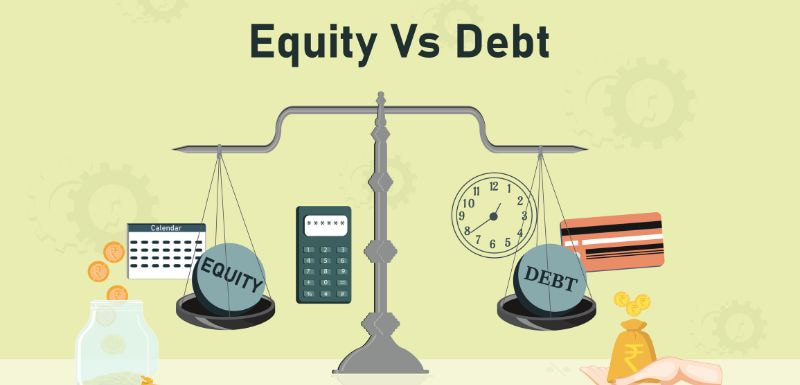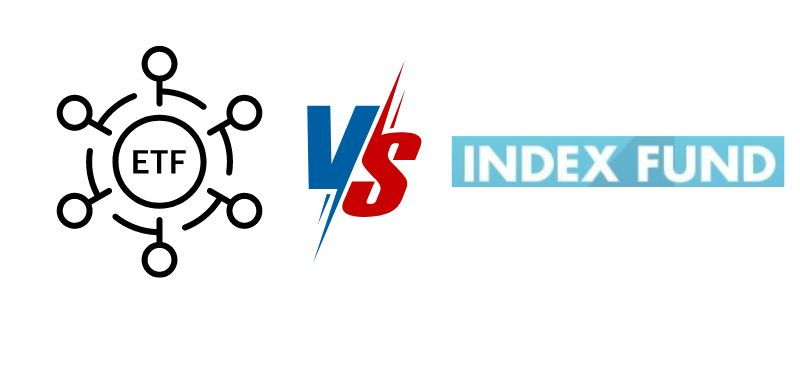3 Ways in Which Debt Mutual Funds Score Over Fixed Deposits

Debt Mutual Funds offer tax efficiency, better returns over time, and easy liquidity—making them a smarter choice than FDs for long-term, low-risk investments. Before investing, seek expert advice to navigate the nuances effectively.
Of late, several Mutual Fund investors who had migrated from Fixed Deposits in response to AMFI’s highly effective “Mutual Funds Sahi Hai” campaign, are seriously considering reversing their tracks. After all, FD rates are on the rise and debt funds haven’t exactly delivered stellar returns in recent times. While there’s some merit to the decision of moving 1-year money back to FD’s, there are several reasons why your low risk, 3 year plus corpus should continue to be invested into Debt Funds. Here are three of them for you to consider.
More Tax Efficiency
While your FD returns are clubbed with your income and taxed as per your marginal tax bracket, Debt Mutual Funds have the benefit of indexation. If you hold on to your debt mutual fund investment for more than 3 years, the purchase price of your units gets indexed basis the change in CII (Cost Inflation Index) between the corresponding Financial Years. For those individuals who fall in the highest marginal tax brackets, this can significantly increase post tax returns. In fact, even in relatively benign-inflation times like these, the effective tax on debt fund profits after 3 years would work out to just 8-10% of the overall profits – a tax efficiency level at par with equities!
Potentially Higher Returns
Fixed Deposits may provide guaranteed returns, but a well-selected portfolio of debt funds can deliver much higher long-term returns than deposits. A case in point is the year 2018, which was a challenging one for debt funds. Despite this, the top performing debt funds outperformed Fixed Deposits by as much as 150-200 basis points. Also, as returns from debt mutual funds get compounded whereas FD returns do not, the effective ‘return gap’ as measured in terms of CAGR (Compound Annualised Growth Rate) between the two investment products keeps widening with the length of the holding period.
Better Emergency Access
Fixed Deposits do not allow for partial withdrawals, whereas Debt Mutual Funds do. When you liquidate an FD, you pay a penalty on the entire amount, in terms of reduced interest – whereas, in debt mutual funds, the returns on the remainder of your corpus remains unaffected by your redemption. You can even redeem up to Rs. 50,000 instantly from a liquid fund, which is a category of debt funds. In a nutshell - for Emergency Corpuses, Debt Mutual Funds Sahi Hai!
End Note: Investing into Debt Mutual Funds can be tricky for novice investors. It is highly advisable to consult a professional Financial Advisor before constructing your portfolio.
Your Investing Experts
Relevant Articles
How To Select The Best Mutual Funds For Long Term Goals
Mutual funds offer a compelling way to invest for long-term goals, leveraging professional management and diversification to potentially achieve significant returns. But with a vast array of options available, selecting the best mutual funds for the long term can feel daunting. This guide will equip you with the knowledge to confidently navigate the mutual fund landscape and learn how to select the best mutual fund aligned with your long-term aspirations.
Understanding Debt and Equity Funds: Key Differences and Benefits
Investors can choose from different types of mutual funds depending on factors like investment time horizon, return expectation, lock-in period, taxation, risk involved, etc. You can look at equity funds for growth and debt funds for stability. In this article, we will understand what are equity funds and debt funds, the difference between equity and debt mutual funds, and things to consider before choosing these funds.
ETFs Versus Index Funds: What Are the Differences, and Which One Should You Choose?
In the last few years, there has been a rise in passive investing due to factors like diversification, low costs, wide availability and choice of passive funds, ease of investing, etc. When it comes to passive investing, there are two ways of doing it. Exchange traded funds (ETFs) and index funds. In this article, we will understand what are ETFs and index funds, the differences, and which one you should choose.
.png)


